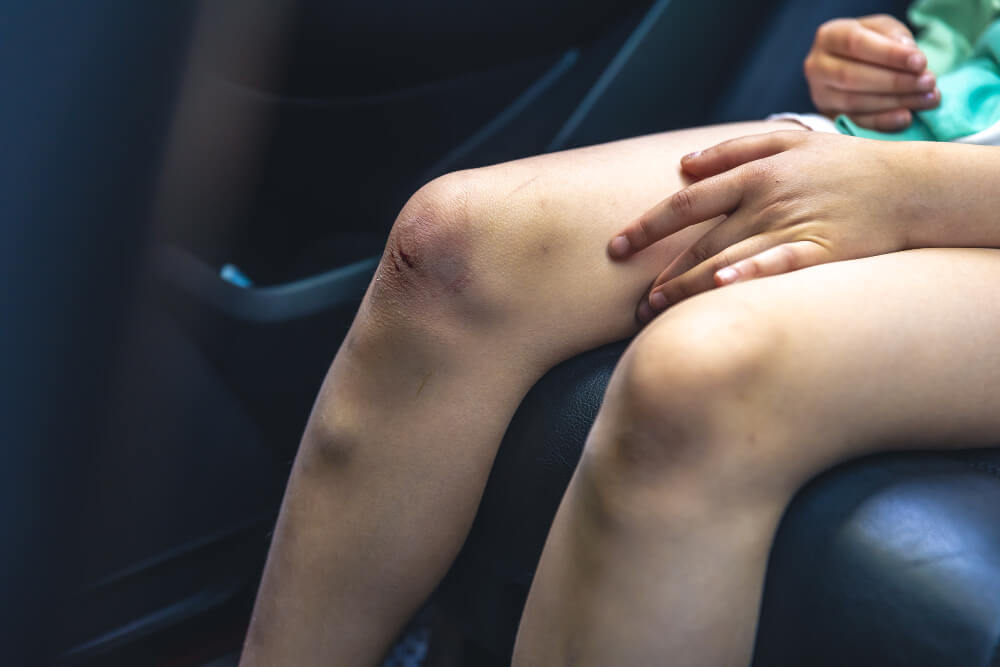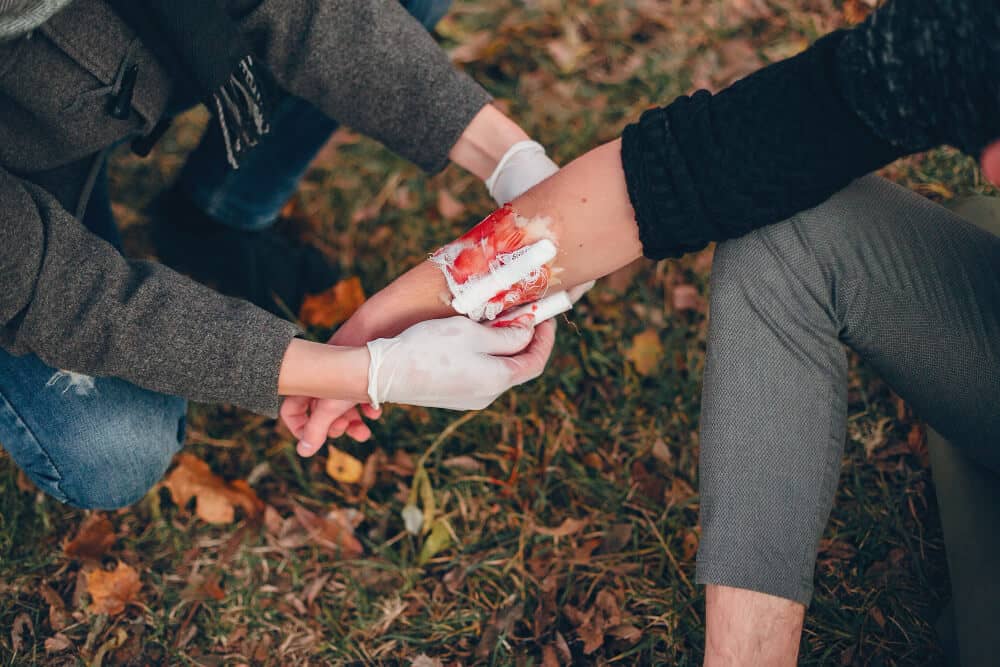Conquer Cuts and Wounds: Your Essential Guide to Wound Care and Treatment Options
Life happens, and sometimes that means encountering cuts and wounds. Whether it’s a minor scrape from a fall or a deeper gash requiring stitches, proper wound care is crucial for optimal healing and preventing infection. This comprehensive guide equips you with the knowledge and resources to tackle cuts and wounds effectively, from the initial cleaning to choosing the right treatment option.

Understanding Cuts and Wounds
Cuts and wounds are disruptions in the skin’s continuity, caused by physical trauma like scraping, slicing, or puncturing. The severity of a wound can vary greatly, ranging from superficial scrapes to deep lacerations with significant blood loss. Here’s a breakdown of some key wound classifications:
- Scrapes and abrasions: These are superficial injuries affecting the top layer of skin (epidermis). They typically bleed minimally and heal quickly without scarring.
- Lacerations (cuts): These deeper cuts involve tearing or splitting of the skin, sometimes reaching the underlying dermis layer. They may bleed more significantly and require medical attention for closure with stitches or staples.
- Puncture wounds: These are caused by sharp objects like nails, needles, or bites, creating a deep, narrow opening. These wounds can be particularly prone to infection due to trapped debris and bacteria.
- Avulsions: These severe injuries involve tearing away of skin and sometimes underlying tissue. They require immediate medical attention.
Essential Steps for Wound Care
Timely and proper wound care plays a vital role in preventing infection and promoting faster healing. Here’s a step-by-step approach to caring for minor cuts and wounds at home:
Stop the Bleeding
- Apply gentle but firm pressure directly on the wound with a clean cloth or gauze pad to control bleeding.
- Elevate the injured area above the heart if possible to reduce blood flow.
- Do not remove any embedded objects, as this can worsen the injury.
Clean the Wound
- Wash your hands thoroughly with soap and warm water for at least 20 seconds before touching the wound.
- Gently irrigate the wound with clean, running water to remove dirt and debris. You can also use a sterile saline solution.
- Clean the surrounding skin with a mild antiseptic solution or soap and water. Avoid harsh chemicals or rubbing alcohol that can irritate the wound.
Apply a Dressing

- Once the wound is clean, pat it dry with a sterile gauze pad.
- Apply a non-stick sterile dressing or bandage to protect the wound from further contamination and promote healing. Choose a dressing size that covers the wound and extends slightly beyond the edges.
- Secure the dressing with medical tape or a bandage wrap. Don’t apply the dressing too tight, as it can restrict blood flow.
Monitor the Wound
- Keep an eye on the wound for signs of infection, such as redness, swelling, pain, pus formation, or fever.
- Change the dressing regularly, typically daily or as instructed by your doctor.
- Keep the wound clean and dry. Avoid submerging the wound in water for extended periods unless your doctor advises otherwise.
When to See a Doctor
While proper home care can manage minor cuts and scrapes, certain situations warrant a doctor’s visit:
- Deep wounds: If the wound is deep, gaping, or involves significant blood loss, seek immediate medical attention.
- Large wounds: Extensive cuts covering a large area require professional cleaning and closure to minimize scarring.
- Puncture wounds: Due to the risk of infection, puncture wounds, especially those from rusty objects or animal bites, require medical evaluation and potential antibiotics.
- Signs of infection: As mentioned earlier, redness, swelling, pus, fever, or worsening pain indicate potential infection, requiring prompt medical attention.
- Foreign objects: If foreign objects are embedded in the wound, don’t attempt to remove them yourself. Let a doctor assess and safely remove them.
- Tetanus concerns: If you haven’t received a tetanus shot in the past 10 years, a doctor may recommend a booster shot to prevent this serious infection.
Treatment Options for Different Wound Types
The appropriate treatment for a wound depends on its severity and type. Here’s an overview of common treatment options:
- Cleaning and dressing: As discussed earlier, proper cleaning and dressing form the cornerstone of wound care for most minor cuts and scrapes.
- Stitches or staples: Deep lacerations might require stitches (sutures) or staples to close the wound edges and promote proper healing.
- Antibiotics: Doctors may prescribe antibiotics to prevent or treat infections, particularly for puncture wounds or wounds exhibiting signs of infection.
